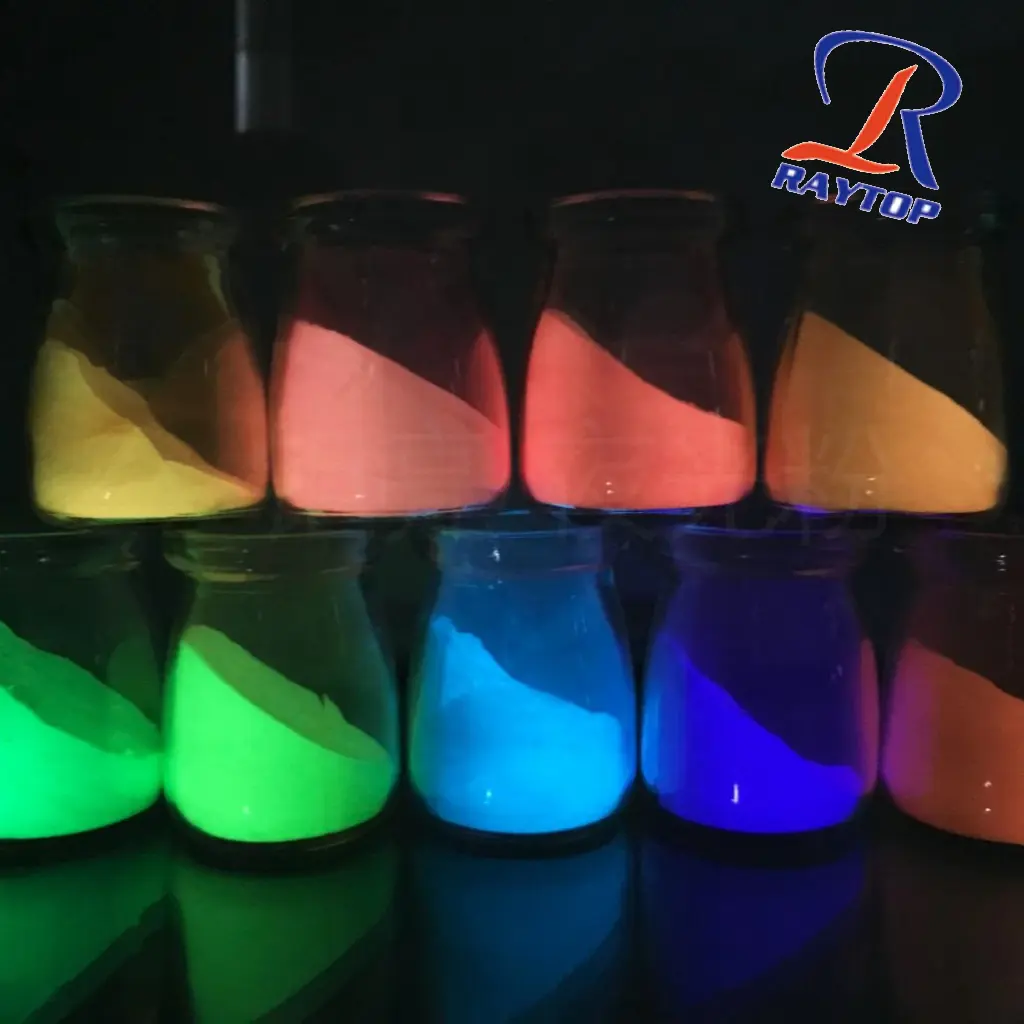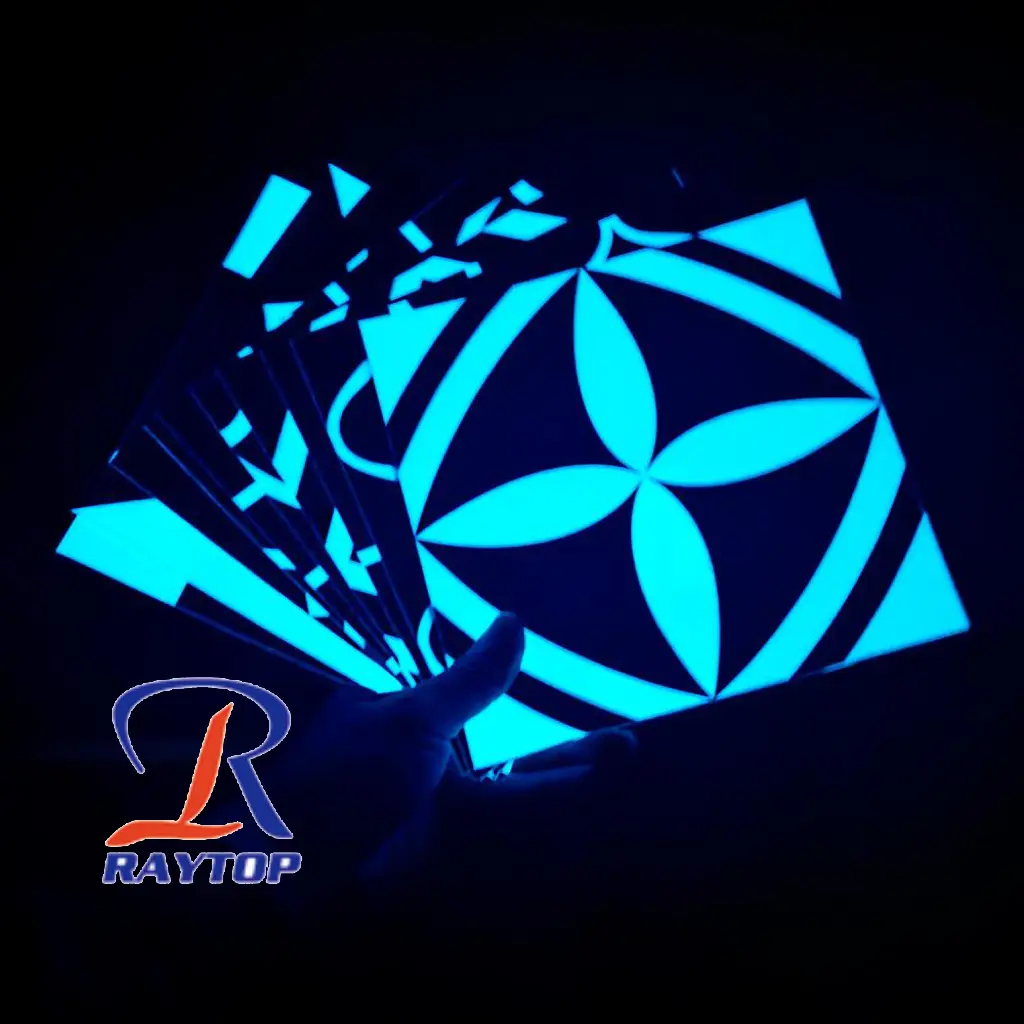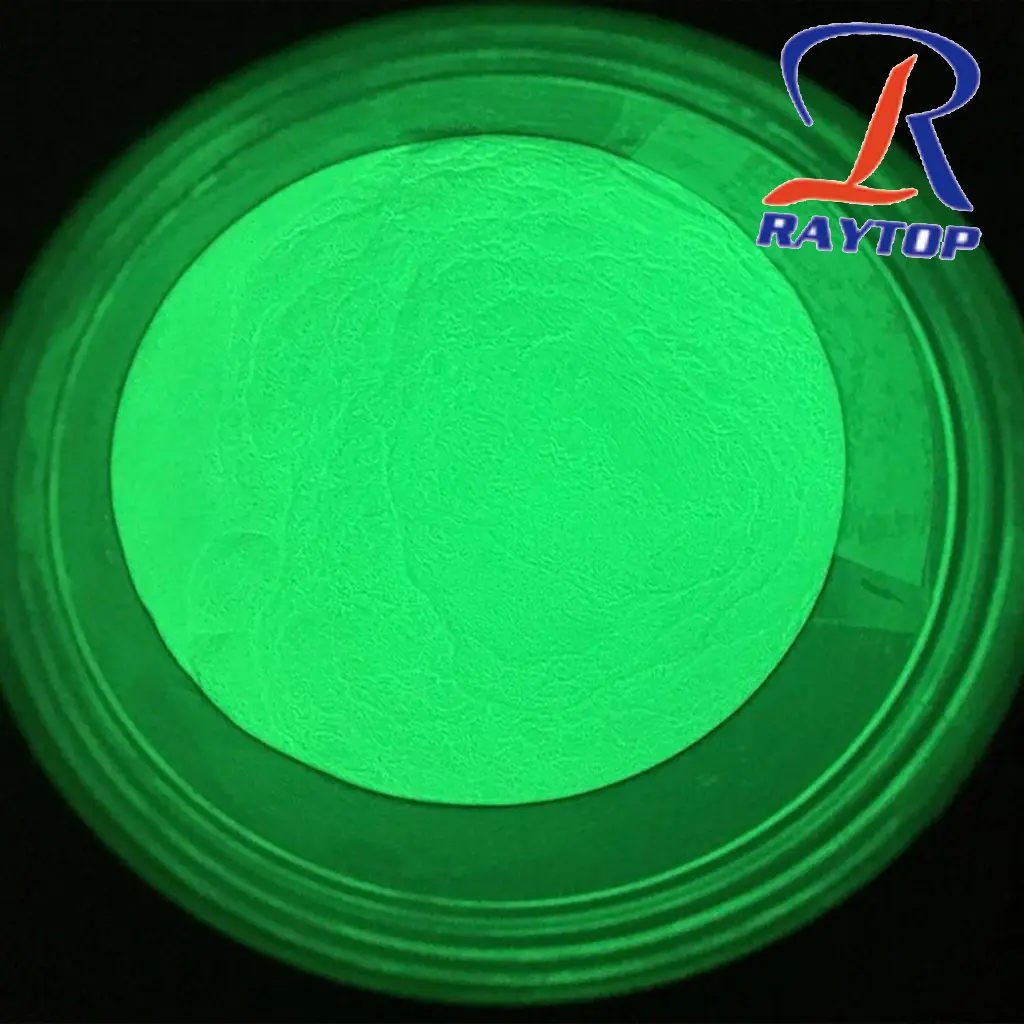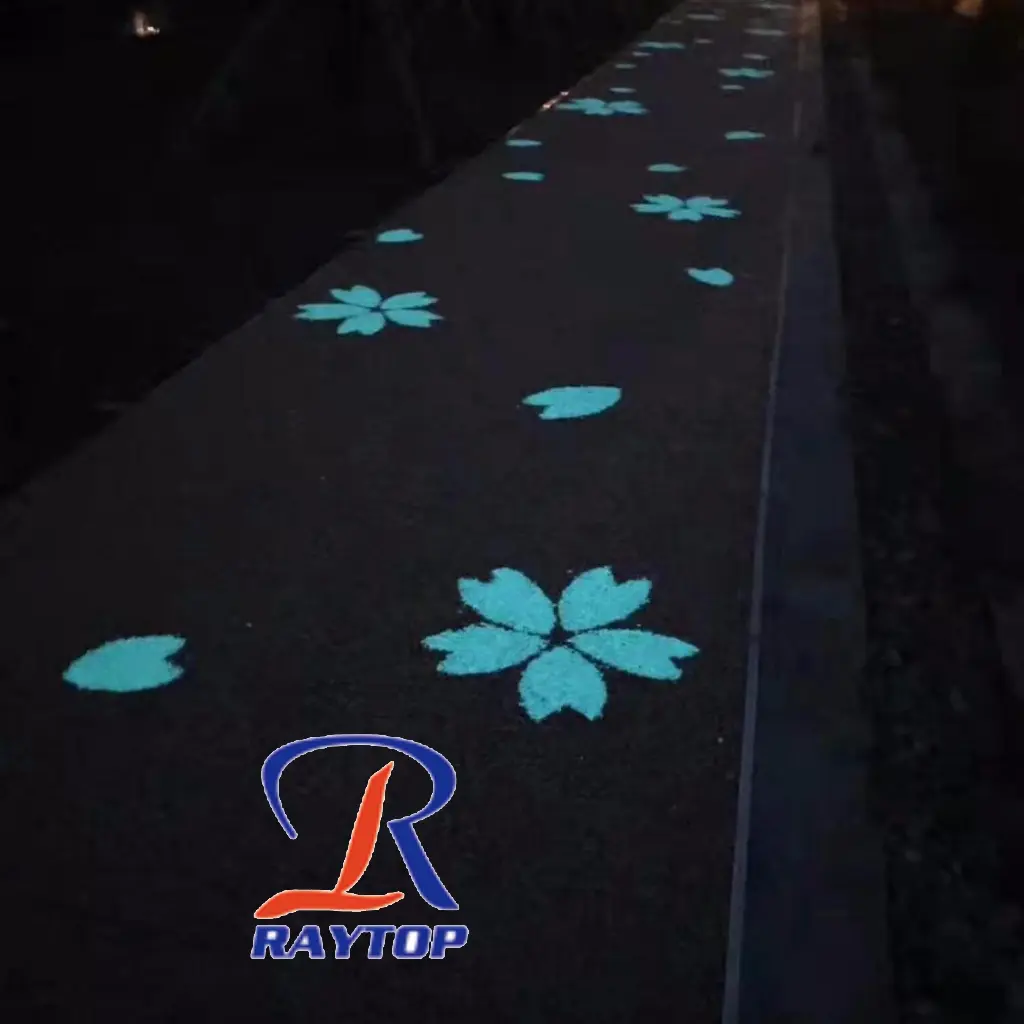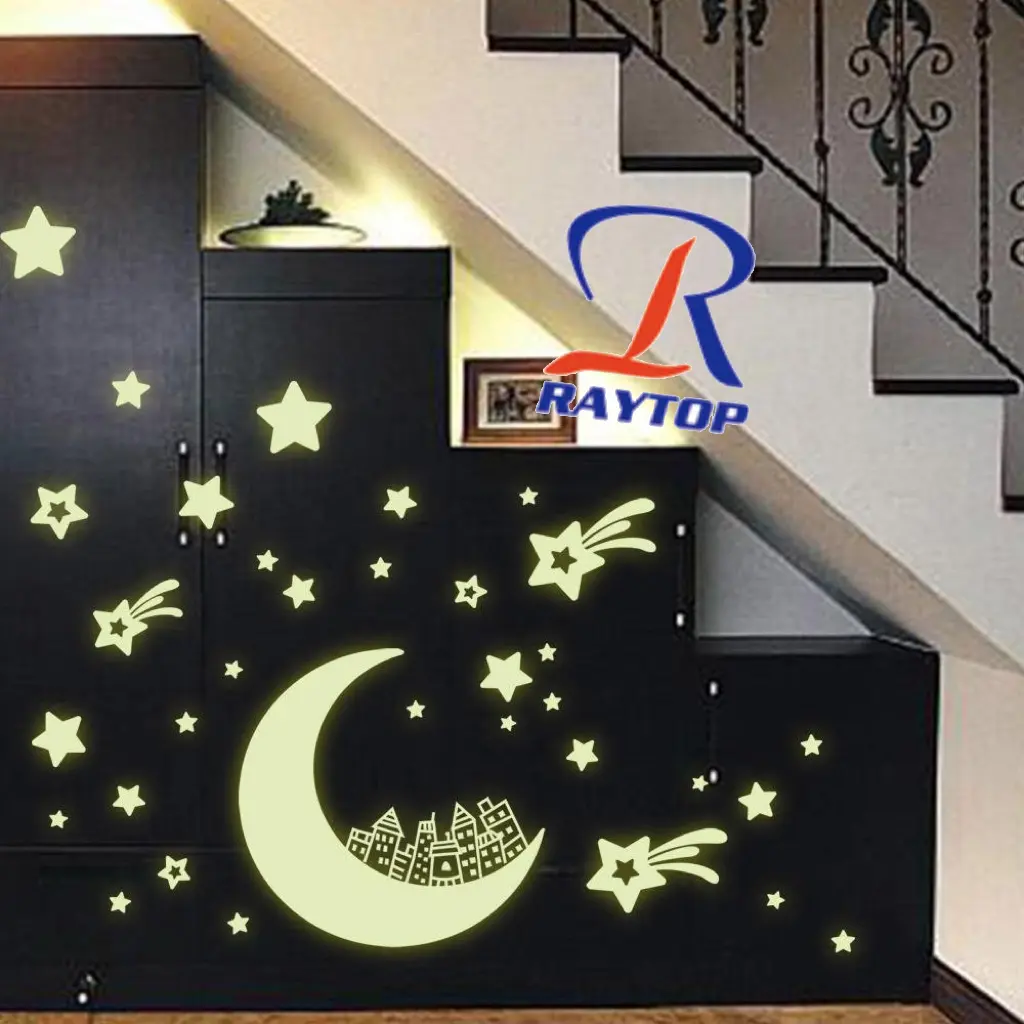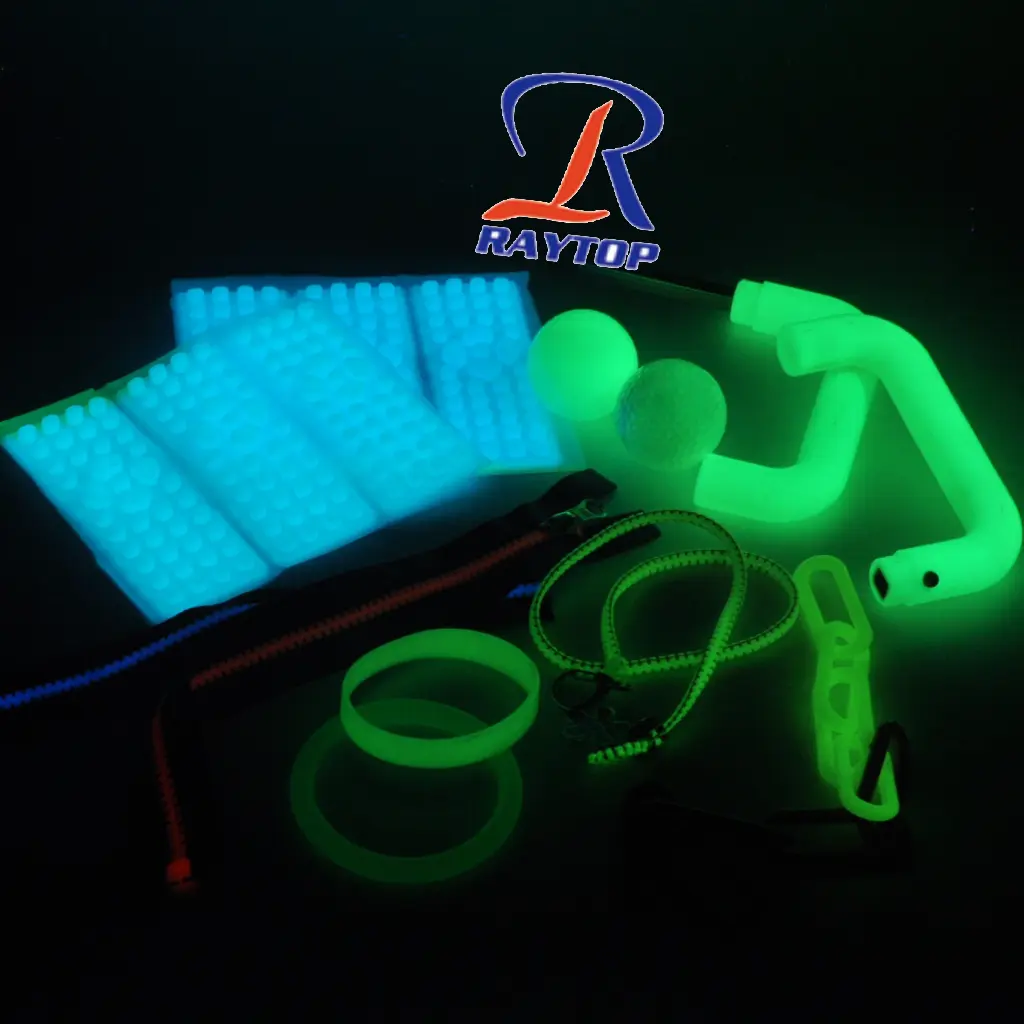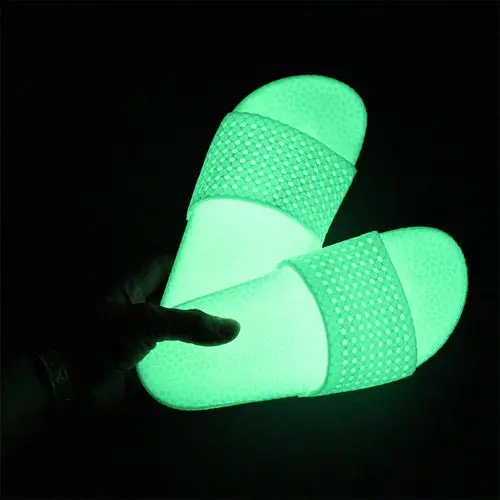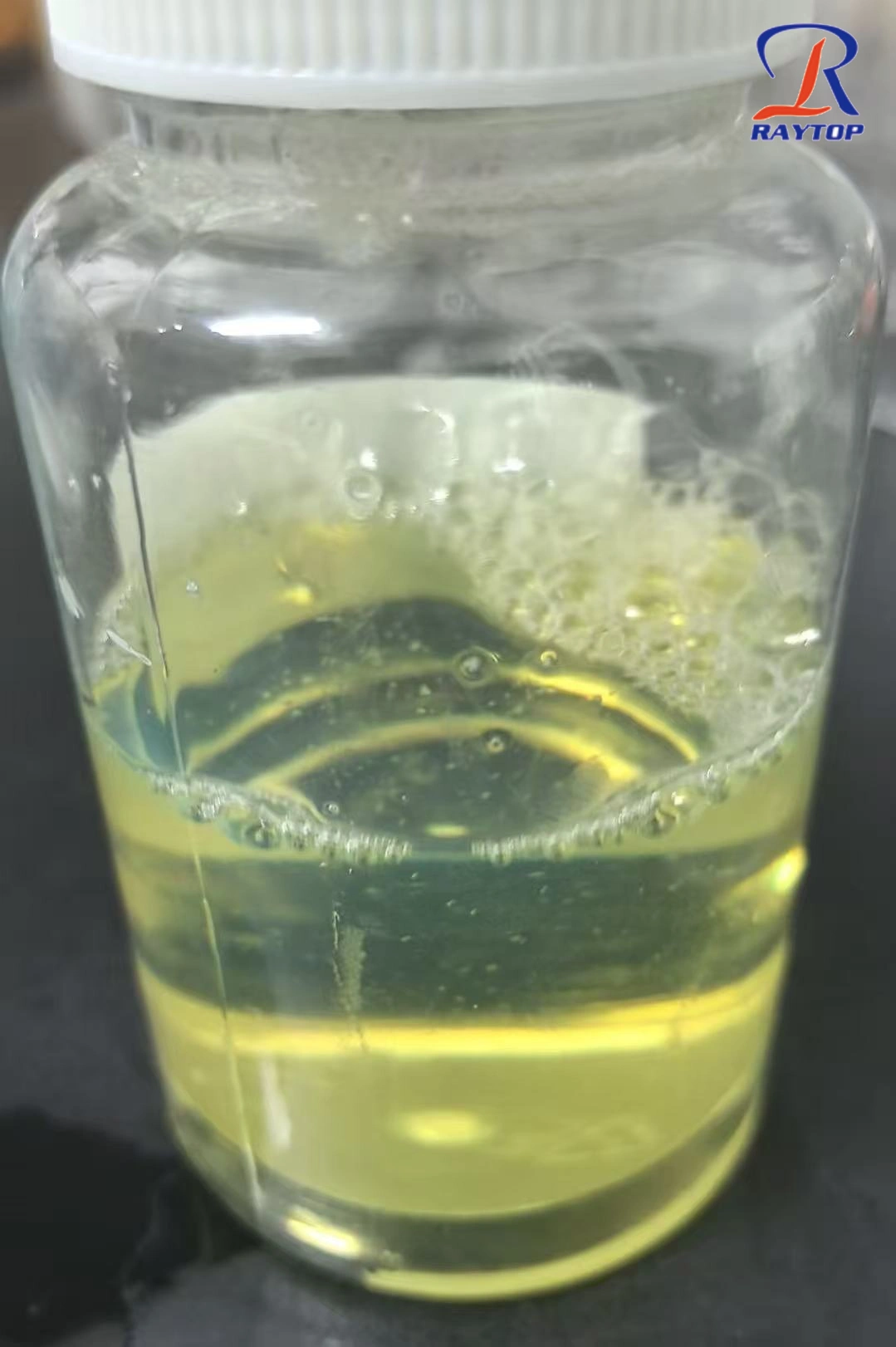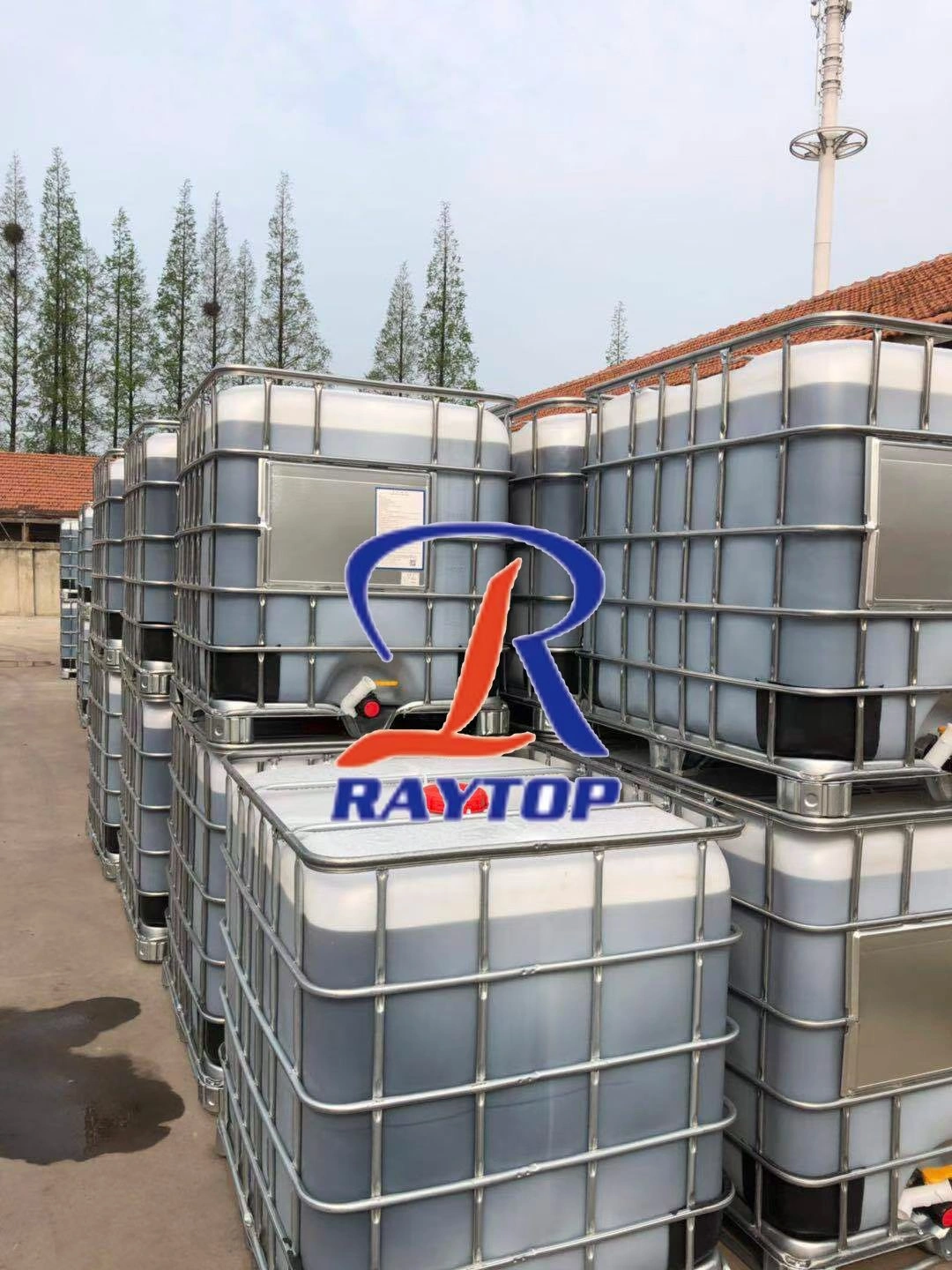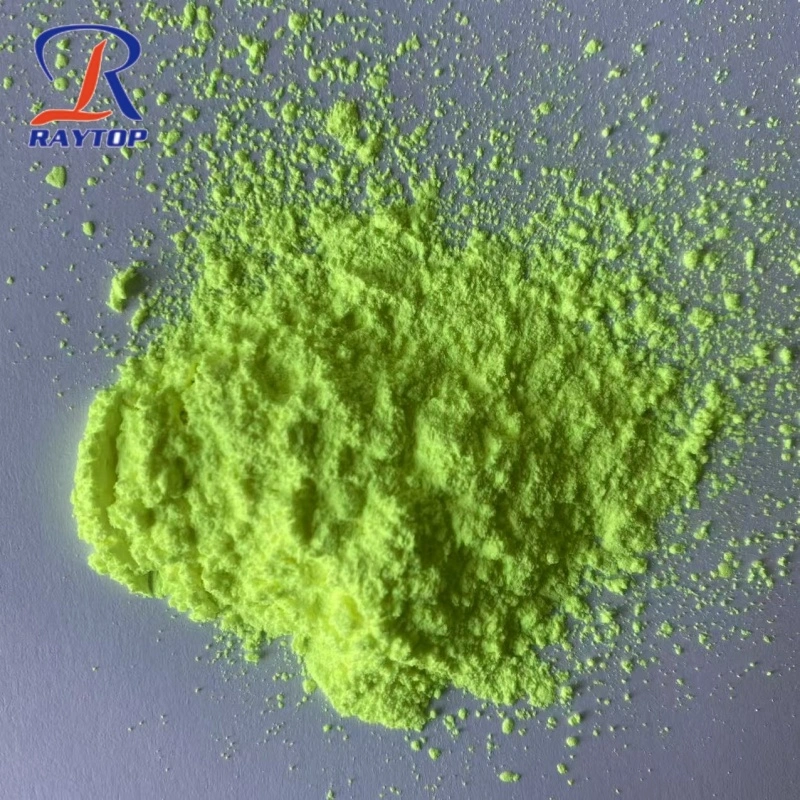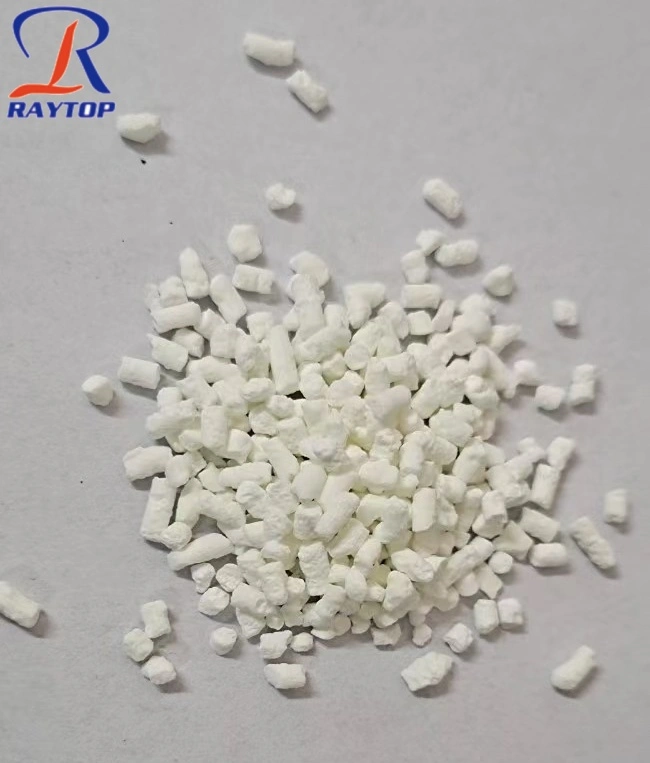What is glow in the dark pigment?
Glow in the dark pigment, also known as phosphorescent pigment, is a special type of pigment that can absorb and store light energy from various sources and emit it as a visible glow in the absence of light. It contains phosphors, which are substances capable of absorbing and re-emitting light. Glow in the dark pigment is widely used in coating.
The Luminescent Powder's Luminescence Principle and Physical Parameters
Luminescent powder, also known as phosphorescent powder, is a special type of fluorescent material that has the ability to absorb energy under light and emit visible light in dark conditions. Its luminescence is primarily based on the phenomenon of phosphorescence.
The luminescence process of luminescent powder is as follows:
Photostimulation: Luminescent powder absorbs energy from an external light source, such as natural or artificial light. This energy excites the electrons in the luminescent powder, causing them to transition to higher energy levels.
Energy storage: Once the electrons transition to higher energy levels, the structure of the luminescent powder temporarily stores this energy. This process is known as energy accumulation.
Light emission: When the external light source disappears and the environment becomes dark, the stored energy is released. The electrons return to lower energy levels, releasing energy in the form of visible light, thus creating the luminescent effect.
The physical parameters of glow in the dark pigment powder
The physical parameters of a specific glow in the dark pigment powder can vary depending on the specific type and composition. The following are the physical parameters commonly associated with luminescent powders and the properties they exhibit in coating applications:
Particle Size: The particle size of the luminescent powder can range from a few microns (µm) to tens of microns. The size of the particle size affects the dispersibility, brightness and performance of the powder.
Color (Color): Luminous powder can present different colors, such as green, blue, yellow or orange, etc. The color is determined by the phosphor composition in the powder.
Glow Duration: Glow Duration refers to the length of time that the glow powder can continue to glow after charging. Glow time can vary from a few minutes to hours, depending on the quality and type of powder.
Glow Intensity: Glow Intensity refers to the brightness of the visible light emitted by the luminous powder. The luminous intensity is affected by many factors, such as powder composition, concentration and activation method.
Specific Gravity: Specific gravity is a measure of the density of a substance relative to the density of water. The specific gravity of luminescent powder is usually within a certain range, and the specific gravity can affect its behavior during mixing, application and sedimentation.
Chemical Composition: The chemical composition of the luminescent powder can vary depending on the type of phosphor used. Common compositions include rare earth elements such as europium, dysprosium, or terbium, as well as other compounds or dopants.
It's important to note that the exact numerical values for these physical parameters can differ depending on the specific product and formulation. When considering glow in the dark pigment powder, it's advisable to consult the product specifications provided by the manufacturer or supplier to obtain precise information about the physical parameters of the specific glow in the dark pigment powder you are interested in.
Properties exhibited by glow in the dark pigment powders in coating applications
Charging characteristics: glow in the dark pigment powder can be charged by absorbing the energy of an external light source, and emit visible light in dark places.
Glow time and intensity: The glow time and intensity of glow in the dark pigment powder in the coating can affect its visibility and persistence in dark environments.
Stability: glow in the dark pigment powder should have good light fastness, heat resistance and chemical stability to ensure its long-term luminous performance and color stability.
Dispersion: the glow in the dark pigment powder should have good dispersion in the coating to ensure uniform dispersion: the glow in the dark pigment powder should have good dispersion in the coating to ensure uniform distribution in the coating In the system, avoid particle aggregation or precipitation.
Transparency and Coverage: Should have appropriate transparency to be compatible with the coating substrate and exhibit good luminescence. At the same time, it should also have a certain coverage to ensure a uniform luminous effect on the surface of the coating.
Durability and stability: the glow in the dark pigment powder should have good durability, be able to maintain the luminous effect for a long time, and not easy to fade or decay. In addition, it should be stable against external factors such as humidity, temperature and chemicals that can affect its performance.
Health and environmental protection: glow in the dark pigment powder should comply with relevant health and environmental protection standards and contain no harmful substances to ensure safety and sustainability in coating applications.
These physical parameters and characteristics are important in selecting a glow in the dark pigment powder suitable for a specific coating application. When selecting and using glow powders, it is advisable to refer to the product specifications provided by the manufacturer or supplier for accurate information on the specific glow in the dark pigment powder and to ensure its suitability for the desired coating effect and performance requirements.
Glow in the dark pigment used for coating:
In order to gain a competitive edge, an increasing number of manufacturers are incorporating phosphorescent pigments, commonly known as glow-in-the-dark pigments, into their coatings. From a market perspective, let's explore the various applications of luminescent coatings and their market prospects.
Safety and Emergency Signage: Luminescent coatings are extensively used in safety signs, emergency exit signs, and evacuation route markings. These coatings absorb light during the day and emit a visible glow in low-light or blackout conditions, ensuring clear visibility and guiding people to safety.
Decorative and Aesthetic Applications: Glow-in-the-dark coatings are popular in the realm of interior and exterior design. They add a unique visual appeal to surfaces such as walls, ceilings, artworks, and decorative objects. These coatings create a captivating ambiance in spaces like nightclubs, theaters, amusement parks, and even residential homes.
Novelty and Promotional Products: Luminescent coatings find applications in novelty items and promotional products. They are often used to create glow-in-the-dark stickers, toys, clothing accessories, and custom-printed materials. Such products have gained popularity as they offer a fun and engaging experience for users, especially in low-light or dark environments.
Automotive and Transportation Industry: The automotive industry has also embraced luminescent coatings for various purposes. They are utilized in vehicle safety markings, including reflective strips, license plate frames, and bicycle reflectors. Additionally, glow-in-the-dark coatings can enhance the visibility of road signs, traffic cones, and other transportation-related equipment.
Security and Anti-Counterfeiting Measures: Luminescent coatings have been incorporated into security features of documents, such as passports, ID cards, and banknotes, to prevent counterfeiting. The unique glow emitted by these coatings under specific lighting conditions makes it easier to verify the authenticity of the documents.
Market prospects for glow-in-the-dark coatings are promising. The demand for these coatings is driven by several factors, including increasing safety regulations, growing interest in unique aesthetics, and the need for innovative marketing and promotional materials. Moreover, advancements in technology have led to the development of long-lasting and environmentally friendly phosphorescent pigments, further fueling market growth.
How to use photoluminescent pigment in the manufacturing?
In the production process, luminescent pigments can be added to the desired materials or products in the following ways:
Mixing with liquid materials: Luminescent pigments can be mixed directly into liquid materials such as paints, coatings, or adhesives. The pigments should be slowly added while stirring or agitating the mixture to ensure uniform dispersion.
Blending with powder materials: For powder-based materials such as plastics, resins, or powdery coatings, luminescent pigments can be blended with the powder components. This can be achieved by either dry blending the pigments with the powders or using specialized blending equipment to ensure thorough mixing.
Incorporating into a binder or carrier: Luminescent pigments can be incorporated into a binder or carrier material before being added to the final product. The pigments are typically mixed with the binder or carrier using mechanical mixing techniques such as high-speed mixing or kneading to achieve proper distribution.
Coating or surface treatment: In some cases, luminescent pigments can be applied as a coating or surface treatment. This involves applying a layer of the pigments onto the surface of the desired material using techniques such as spraying, dip coating, or electrostatic deposition.
It is important to follow the manufacturer's instructions and guidelines for the specific luminescent pigments being used. Proper dispersion and uniform distribution of the pigments throughout the material are essential to achieve the desired luminescent effect. The concentration of luminescent pigments added can vary depending on the desired intensity of the glow and the specific application requirements.
